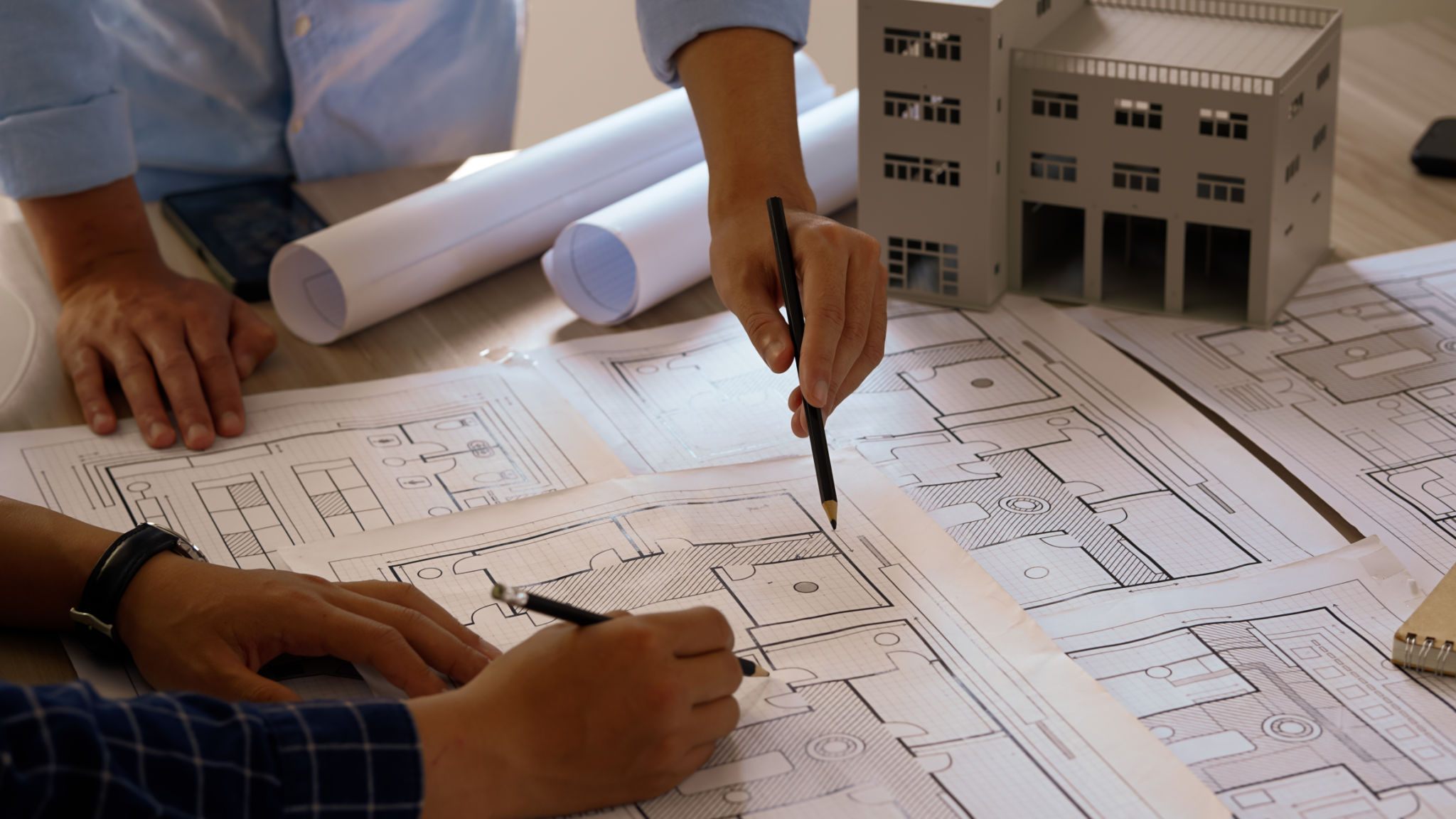Understanding Local Building Codes and Regulations
Introduction to Building Codes
When embarking on a construction project, understanding local building codes and regulations is crucial. These codes are a set of rules that specify the standards for constructed objects, such as buildings and non-building structures. They ensure that construction practices meet safety and quality standards, protecting both the builder and the end-user.

The Importance of Building Codes
Building codes are designed to protect public health, safety, and general welfare as they relate to the construction and occupancy of buildings and structures. They cover various aspects of construction, including structural integrity, fire resistance, electrical safety, and accessibility. Adhering to these codes is not just a legal obligation but also a moral one, ensuring that buildings are safe for occupants.
Key Components of Building Codes
Building codes typically cover several key areas:
- Structural Requirements: These ensure the stability and strength of structures, addressing aspects like load-bearing walls and foundations.
- Fire Safety: This includes fire-resistant materials, exit routes, and smoke detectors to minimize risks during a fire.
- Electrical Systems: Codes ensure safe wiring practices to prevent electrical hazards.
- Plumbing: Ensures that sanitation systems are hygienic and functional.

How to Navigate Local Regulations
Local building codes can vary significantly from one location to another. It's essential to start by familiarizing yourself with the regulations in your area. Contacting your local building department is a good first step. They provide resources and guidance on obtaining necessary permits and adhering to local building standards.
Obtaining Permits
Before any construction work begins, securing the appropriate permits is mandatory. These permits validate that your project complies with local building codes. The process typically involves submitting detailed plans and undergoing inspections throughout construction. Failing to obtain the right permits can lead to fines or having to redo work, so it's crucial to address this early on.

Common Challenges in Meeting Building Codes
One of the main challenges in meeting building codes is staying up-to-date with changing regulations. Building codes are periodically updated to incorporate new safety standards and technologies. Keeping informed about these changes is essential for compliance. Additionally, balancing code requirements with budget constraints can be difficult, requiring careful planning and resource management.
The Role of Professionals
Hiring experienced professionals such as architects and contractors can greatly simplify navigating building codes. These experts are familiar with the intricacies of local regulations and can help ensure that your project complies with all necessary standards from inception to completion. Their expertise can also help avoid costly mistakes and project delays.
Conclusion
Understanding local building codes and regulations is a critical aspect of any construction project. They not only ensure safety and compliance but also add value and integrity to the project. By educating yourself about these regulations and working with knowledgeable professionals, you can streamline the building process and achieve a successful outcome.
